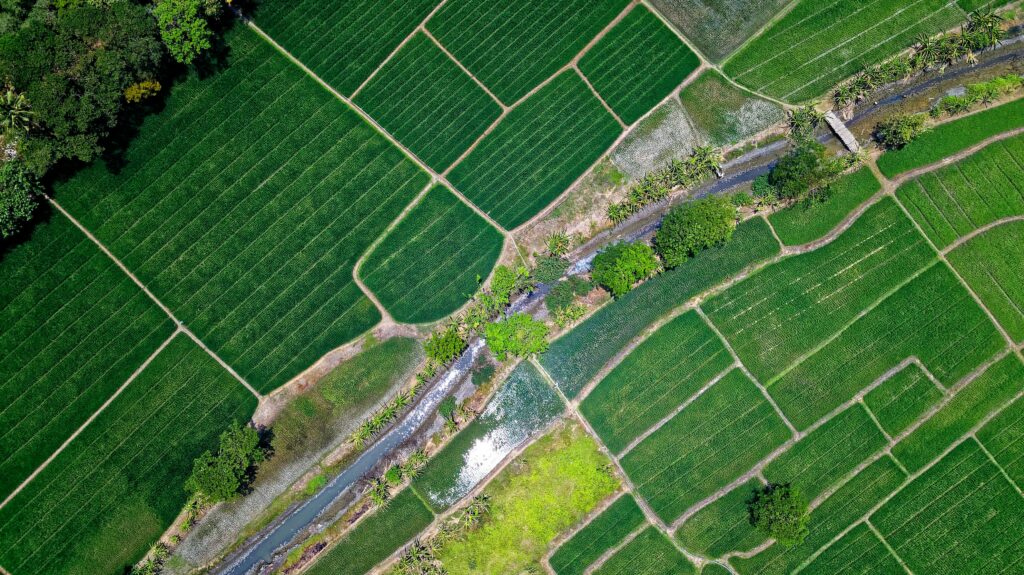The Middle East has long been a hotbed of geopolitical maneuvering, a complex chessboard where regional and global powers jockey for influence, resources, and dominance. This intricate game of power dynamics has not only shaped the destiny of nations but has also set the stage for international conflicts, alliances, and strategic calculations. To truly understand the ongoing struggle for power and influence in the Middle East, one must delve into the historical, cultural, and political intricacies that define this multifaceted region.
A Historical Tapestry of Rivalries:
The Middle East has been witness to centuries of conquests, empires rising and falling, and cultural cross-pollination. From the days of the Ottoman Empire to the colonial era, the region has been shaped by external powers seeking to exploit its strategic advantages. As the global geopolitical landscape evolved, the Middle East found itself at the crossroads of competing interests. The discovery of vast oil reserves in the early 20th century further elevated the region’s significance, making it a battleground for energy security.
The Contemporary Power Players:
In the present day, the Middle East remains a theater where major powers vie for control. Iran, a regional heavyweight, has steadily expanded its influence through a network of proxies and alliances, leveraging its geographic location and Shia identity to carve out a sphere of dominance. Saudi Arabia, on the other hand, projects its economic prowess and religious authority as it seeks to counter Iran’s ascent. The ongoing rivalry between these two powerhouses exemplifies the intense struggle for regional leadership.
The involvement of global superpowers further intensifies the chessboard dynamics. The United States, driven by its interest in maintaining stability, combating terrorism, and securing access to oil, has long been a key player in the Middle East. Meanwhile, Russia’s resurgence has seen it leveraging alliances in the region to reassert its influence on the global stage. These external actors introduce an additional layer of complexity, often altering the balance of power and shaping the outcomes of regional conflicts.
Proxy Wars and Sectarian Divides:
Proxy wars have become a defining feature of the Middle East chessboard. Conflicts in Syria, Yemen, and Iraq are not merely local disputes; they are battlegrounds where regional powers and their backers engage in a complex dance of maneuvering. The Syrian civil war, for instance, has drawn in multiple actors, each with their own agendas, leading to a devastating humanitarian crisis that reflects the broader struggle for dominance.
Sectarian divides further exacerbate these conflicts. The Sunni-Shia divide, a historical schism within Islam, is often weaponized by competing powers to rally support and delegitimize adversaries. This manipulation of religious identities deepens fault lines, making resolution and cooperation even more elusive.
Economic Interests and Energy Geopolitics:
The Middle East’s vast energy reserves have transformed it into an economic battleground. Oil, often referred to as the “black gold,” is not only a source of immense wealth but also a tool of political leverage. Countries like Saudi Arabia and the United Arab Emirates have leveraged their oil wealth to pursue ambitious agendas, while energy-hungry nations like China and India look to secure their energy supplies, often forging alliances and partnerships that further complicate the chessboard.
Navigating a Complex Future:
As we peer into the future, the struggle for power and influence in the Middle East shows no signs of abating. The emergence of new dynamics, such as the rise of non-state actors and the impact of technological advancements, will reshape the contours of this geopolitical chessboard.
Understanding the intricacies of the Middle East’s power struggles is not merely an academic exercise. It is essential for policymakers, analysts, and global citizens alike to comprehend the motivations, alliances, and fault lines that shape this region. The ongoing chess game in the Middle East underscores the delicate balance between stability and chaos, cooperation and conflict. As the pieces move across the board, the world watches with bated breath, knowing that the outcome of this intricate game will ripple far beyond the region’s borders.
In conclusion, the Middle East remains a captivating arena where power and influence converge, diverge, and collide. The historical, cultural, and political tapestry woven over centuries continues to mold the present and influence the future. The ongoing struggle for dominance is a reminder that the Middle East chessboard is not a static landscape but a dynamic theater of ambitions, rivalries, and aspirations that will shape the course of global history for generations to come.










